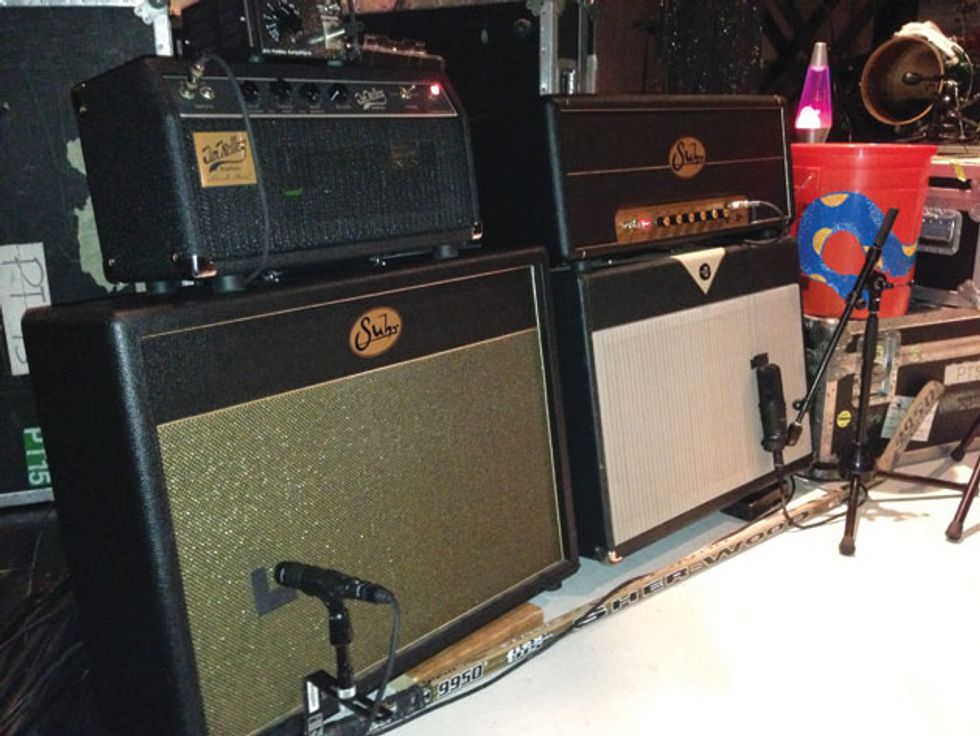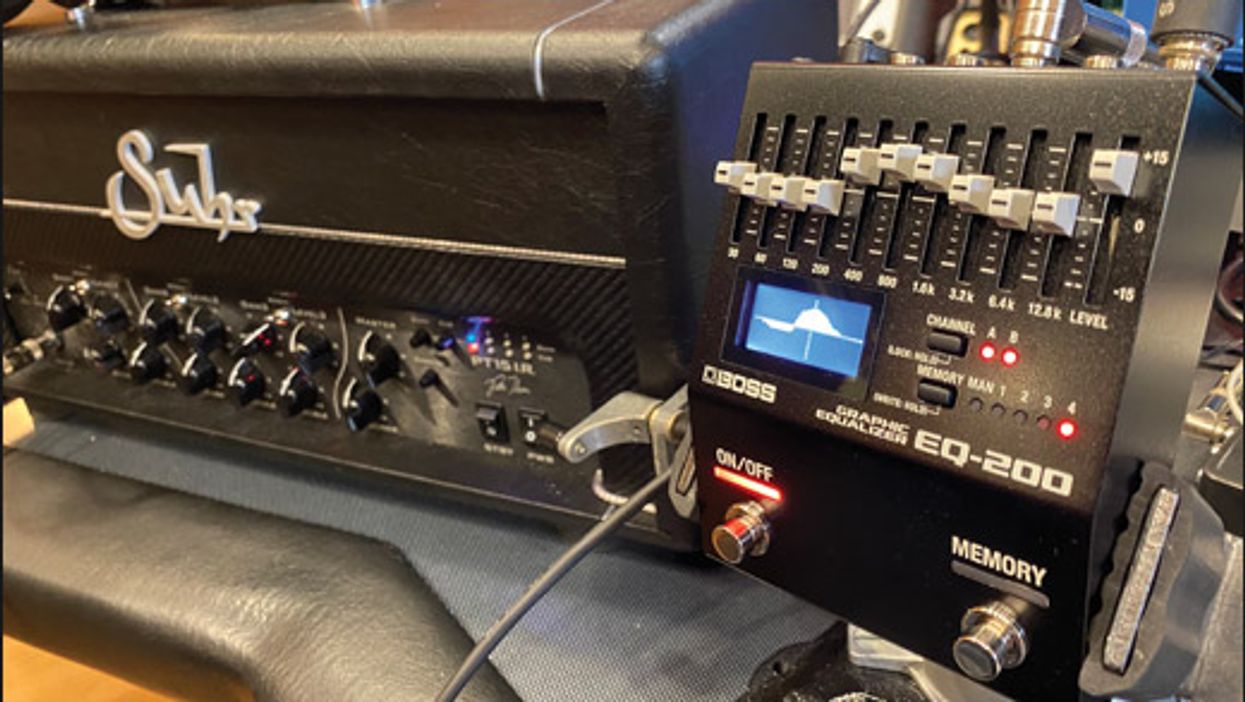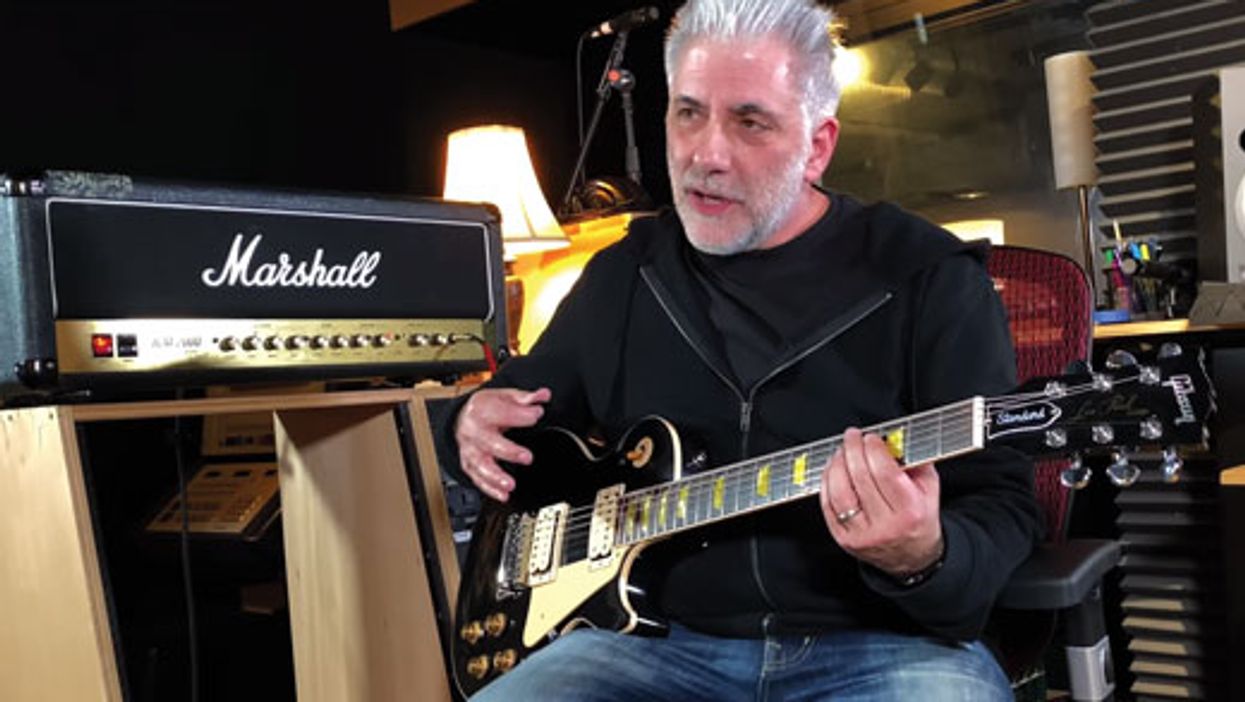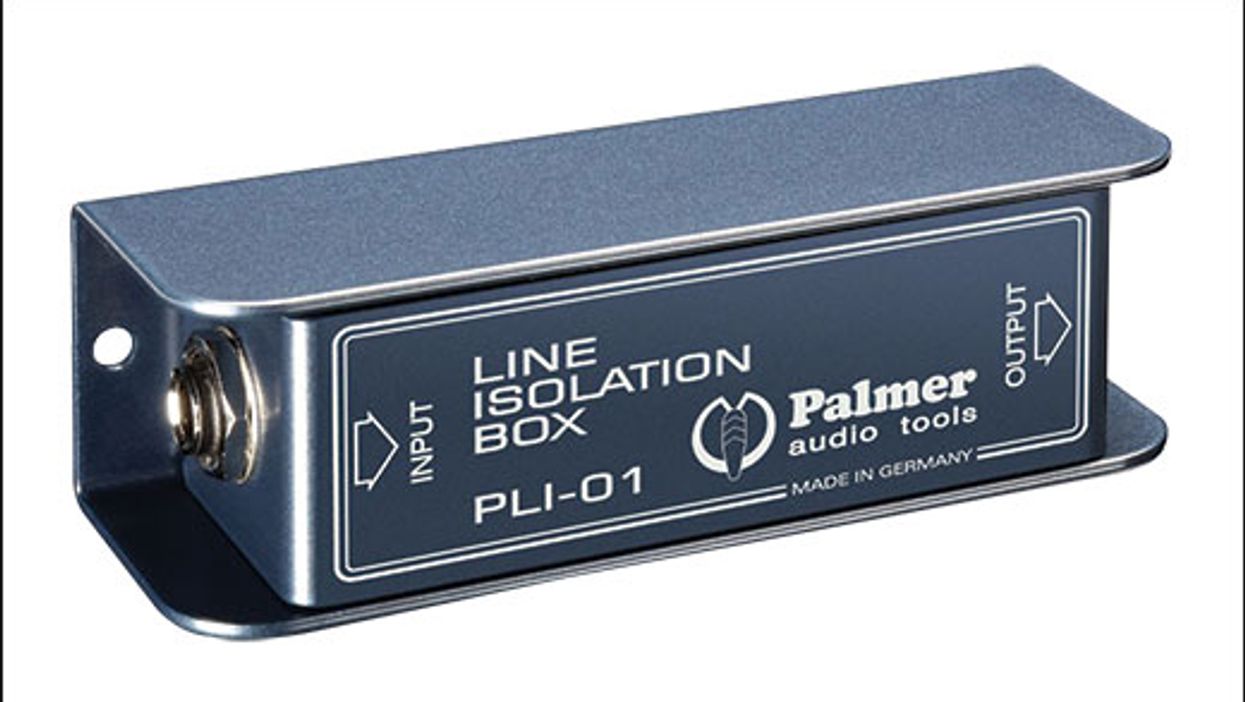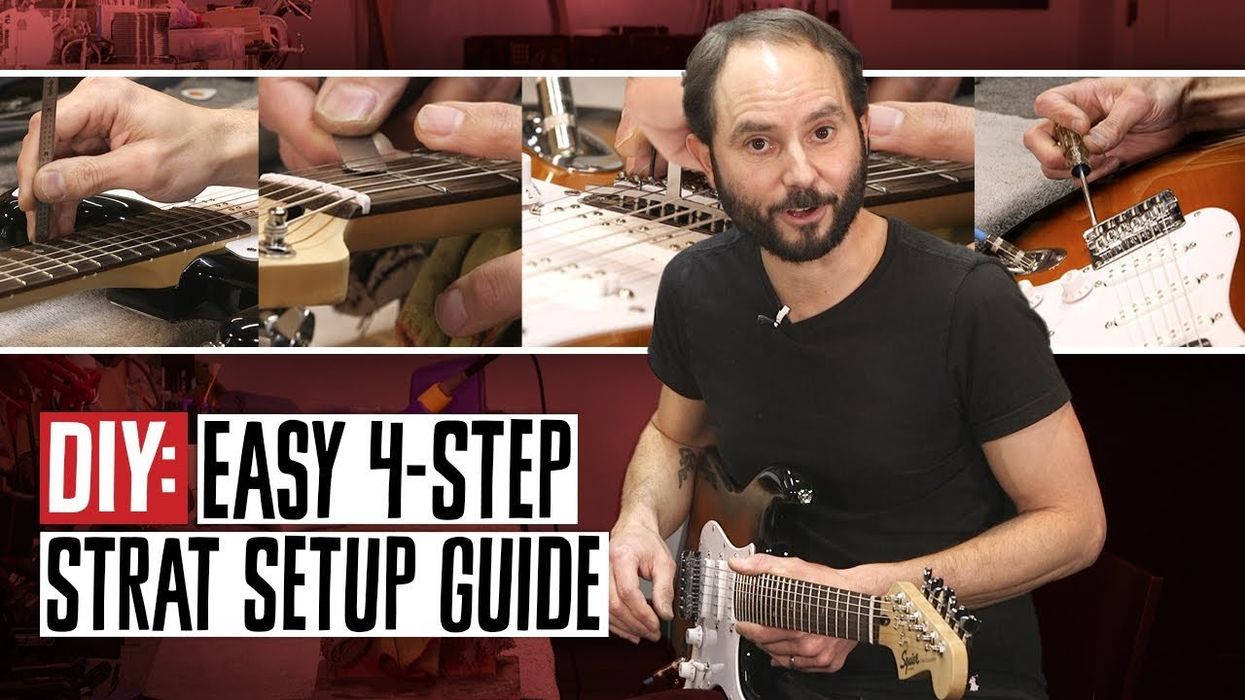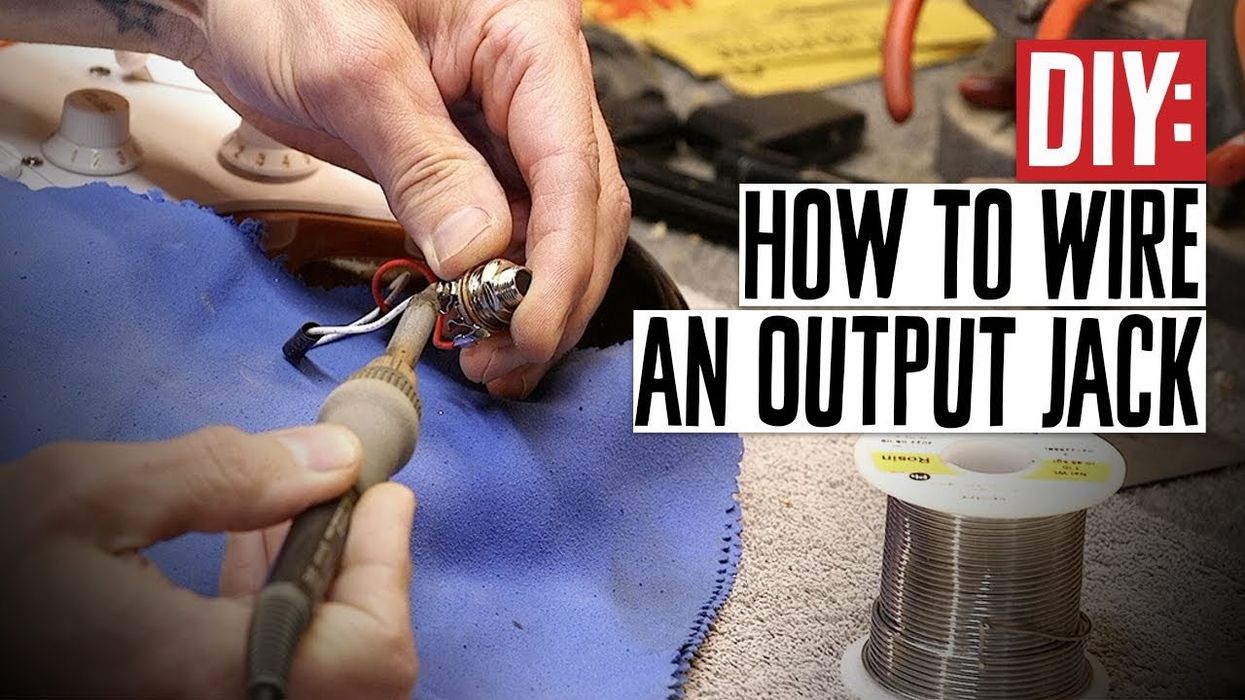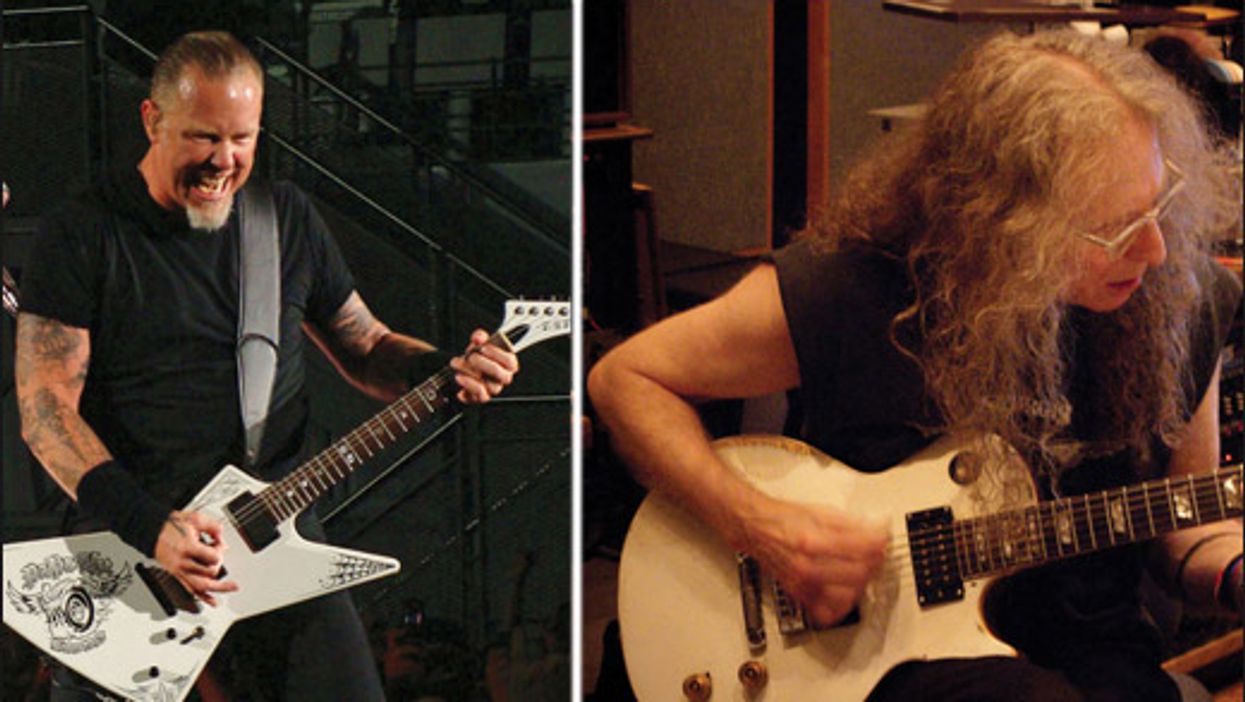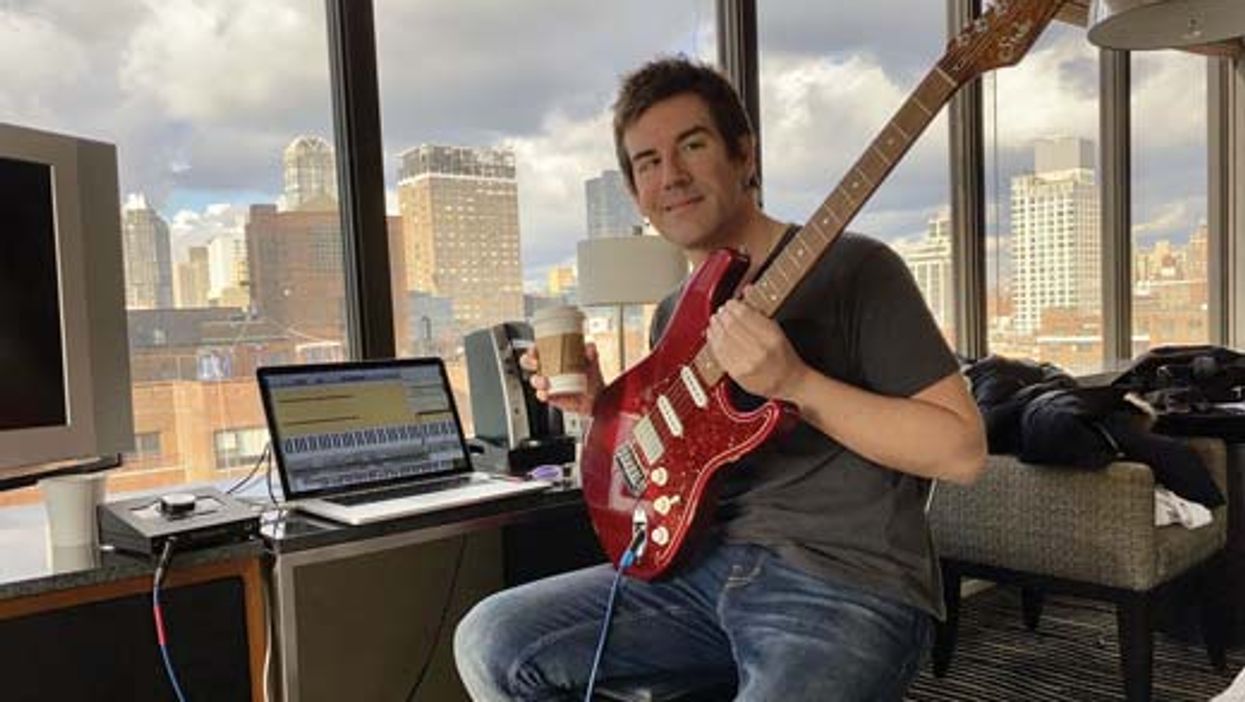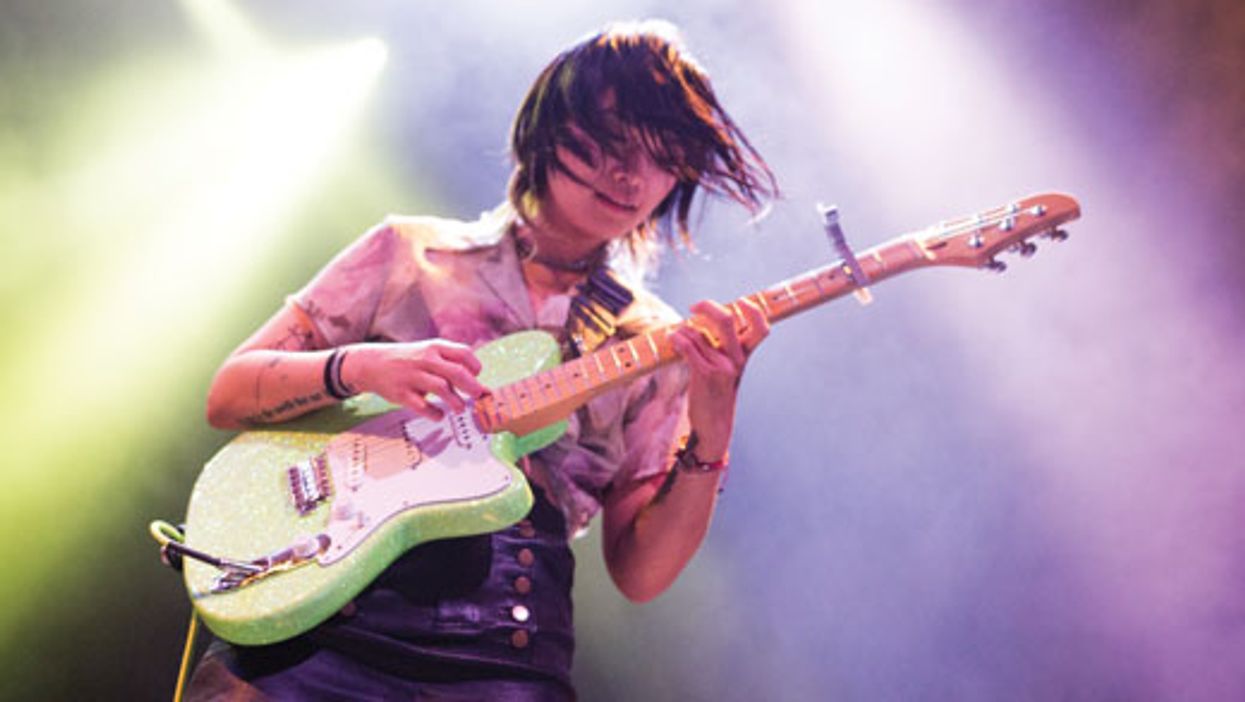If you play live, you've likely experienced getting buried in the mix and having trouble hearing your guitar onstage. Sometimes it's just due to a sound person that doesn't push your fader up enough on the mix or monitor desk. But I often find guitarists making common errors that contribute to getting lost in the mix. Amps and amp settings, speakers (the speakers themselves and how they are positioned onstage), and pedal settings can all be a factor. This month, I'm going to offer some suggestions on how to make sure your tone is heard loud and proud by both you and the audience!
Amps and Cabs
There is definitely a trend towards smaller, lower-power amps these days. While some guitarists (I'm one of them) still use 100-watt heads and big 4x12 cabinets, many don't want to deal with the size and weight. The reality is that using a powerful amp and a 4x12 closed-back cabinet doesn't guarantee you'll cut through the mix. For starters, 4x12 cabs are very beamy and directional. If you are right in front of them, you'll hear them loud and clear. Move a couple of feet to either side, and the sound is not nearly as loud. They can also be hard to hear onstage because they're generally pointed right at your legs, not your ears.
The directionality of cabinets can create additional problems when they're pointed at the soundman. Because 4x12s can be so piercingly bright and beamy, the person running sound may not want to put you in the PA if he perceives your volume to be too loud onstage.
If the person running sound perceives you as too loud onstage, he's not going to want to put you in the PA.
The tip here is to angle your cabinet away from the mixing desk area, at least a little bit. Keeping that beam of guitar sound away from the person mixing will almost always result in more of your guitar in the PA. And for your benefit onstage, try angling the cabinet up a little by placing something under the front edge of it so it's angled more towards your ears. It's really amazing how much a little positioning and angling of a 4x12 will help.
Just because you're using a head doesn't necessarily mean you have to pair it with a closed-back cabinet. Many 2x12 cabs have an open back, or a convertible back that allows for open- or closed-back operation. Open-back cabs (and combo amps with open backs) can help disperse the sound around the stage, and are often easier to hear onstage than closed-back cabs. This is because they are emitting sound out of the front and the back. They also tend to have less bass and more mids than closed-back cabs, which is usually a good thing from an EQ perspective.
If you're having issues cutting through, you should also consider the type of speakers you are using. The efficiency rating and the overall tonality of your speakers will greatly affect your tone and stage volume. For example: The woody, warm character and 96 dB efficiency rating of a Celestion G12M Heritage will seem much less loud and penetrating than the Celestion Vintage 30, which has a characteristic upper-mid cut and 100 dB efficiency rating.
The Importance of EQ
It's really all about EQ, and I mean the EQ of your rig as a whole. A guitar rig that has lots of bass and highs (but scooped mids) will tend to get lost in the mix when other instruments such as bass, keyboards, and drums are factored in. In my opinion, the classic Vox AC30 amp (with its open-back cab and two Celestion Blue speakers) can cut through a band mix like nothing else. Its classic "blizzard of nails" tone is all about penetrating mids, and that's exactly what helps your guitar stay out of the range of the bass guitar. When the bassist kicks in and the drummer starts bashing cymbals, a 30-watt AC30 can actually seem louder and be heard better than many rigs with a 100-watt amp and 4x12 closed-back cab.
Pedals
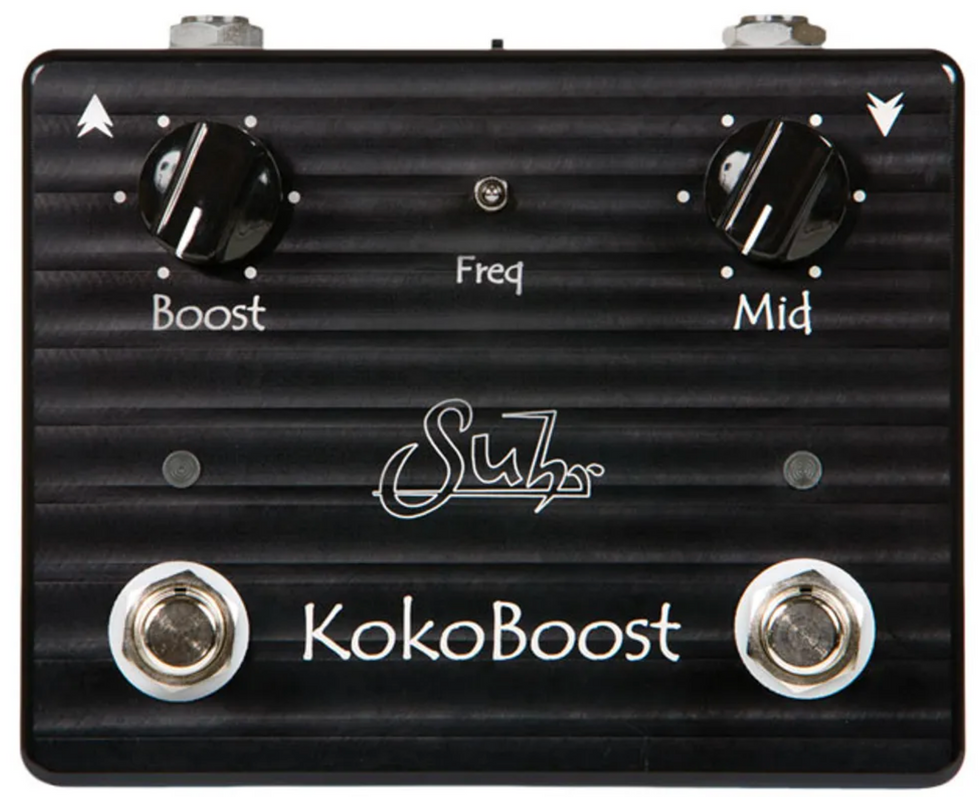
Compressors, overdrives, distortions, and fuzzes: They all compress and squish your signal. I often notice guitarists getting quieter when switching on one of these effects, so I always recommend setting the output controls for a subtle to moderate boost effect. When you hit an overdrive, fuzz, or distortion pedal, it's usually because you're going to rock harder, right? You're probably playing the chorus of a song, or possibly a solo or lead break. The drummer is going to lay into it, as will the bassist and possibly the singer. So if your overall volume drops when you hit the pedal, you're dead in the water.
Also, be sure to get a nice boost out of your pedals. David Gilmour uses an EQ pedal specific to each fuzz or distortion pedal he has in order to fine-tune the overall tone when that pedal is engaged. Fuzz pedals really benefit from this approach since they can color the tone in ways that might cause your guitar to get buried in the mix. An EQ like the Boss GE-7 is great for this purpose.
Finally, a treble or mid booster such as the Suhr Koko Boost—or a wah pedal stuck halfway engaged in the style of Michael Schenker—can make a lead guitar part jump out of the mix like nothing else!
Carefully considering each component in your rig and simple fixes like angling your speaker cabinets onstage can make a difference in how your guitar is heard by you and the audience. See you soon for another round of "Tone Tips!"
[Updated 10/29/21]


